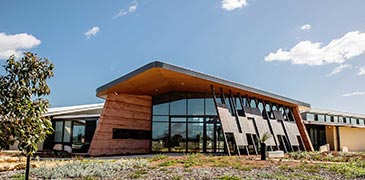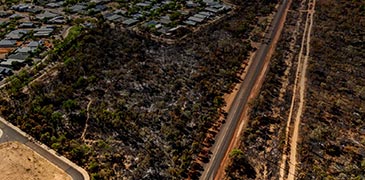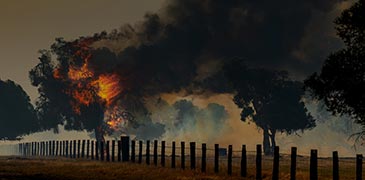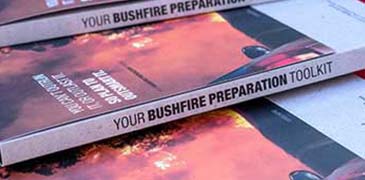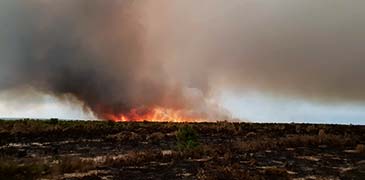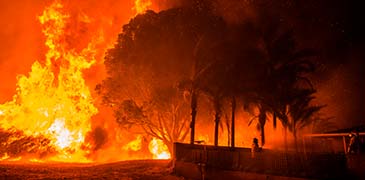In the trauma after a fire, you’re probably worrying about your financial situation and how you and your family will cope. Centrelink and other agencies understand your situation, and they can advise you about any emergency or additional payments you are entitled to receive to help you at a difficult time.
If the whole community has been affected, a ‘one stop shop’ may be set up to help you access services such as Centrelink, an Insurance Council of WA representative, utility companies and counsellors. If one has been set up, you will be notified through community meetings.
The Department of Communities, Child Protection and Family Support can provide financial assistance, including personal hardship and distress relief payments where applicable. This includes emergency assistance for immediate essential items and emergency accommodation assistance.
If you are an existing or new Centrelink customer who receives a social security or pension benefit, you may be entitled to a crisis payment. To find out if you are eligible contact Centrelink.
If you receive a Veterans’ Affairs pension or benefit, you may also be entitled to a crisis payment. Contact the Department of Veterans’ Affairs to find out if you are eligible.












